By Paul Watts, certified Apprentice Beekeeper and current Journey student in the Oregon Master Beekeeper program
It’s early July and the local blackberry blush in is just about complete – the flowers have dropped off and new berries are forming. For much of western Oregon, the blackberry bonanza provides the bulk of nectar for bees to lay in honey. It’s been a banner year for many, especially given the late, wet spring. Many of my beekeeper colleagues speak of adding box upon box of additional room for the honey their bees are producing. And while bee colonies kept in more agricultural areas might see a drop-off in nectar or pollen sources in August, I’ve found that my suburban hives have plenty of forage even into mid-late September. Granted, my wife is a horticulturist and has gradually transitioned parts of hers (and our neighbors’) gardens to late-blooming flora varietals.The result being that my hive is very strong with great honey stores, and still expanding as we head into August.
I will be pulling honey from the hive in another couple of weeks and then starting to treat for varroa mites. These parasites breed in the brood cells along with the bee larva and their populations grow exponentially in the spring and summer as the bee colony expands. There are a variety of treatments for combatting varroa mites, but I utilize a best practice to pull any honey from the hive before treatment so as to eliminate any chance of contamination. I conducted a sugar roll test for mites last month and found very low numbers. However they have assuredly increased since then, and I will be re-testing and then treating for mites. It will be important to knock down the numbers of mites before the bee colony heads into winter.
2017 has been an interesting year for me in that I have switched from beekeeping with a Langstroth hive (the typical rectangular boxes) to a Topbar or coffin hive. See picture below. Overall, I’m finding that the Topbar hive enables me to have a significantly less invasive relationship with my bee colony. Inspecting a frame only requires me to pull out that specific frame, as opposed to opening up the entire hive. I’m enjoying that immensely. On the downside, the frames of brood and honey are significantly less robust than the Lanstroth versions and I’m seeing a slight drop in the amount of honey being produced. However, I’m expecting more than enough honey this year to provide for my wife and myself as well as some presents for our friends. Here’s to a long summer!
Brief Bio: Paul Watts is an R&D program manager at Hewlett-Packard and lives in Albany Oregon with his wife Kris. Paul was motivated to join the Oregon Apprentice Beekeeper Program in 2014 as a form of shock-therapy to get over his life-long fear of bees. It worked.
